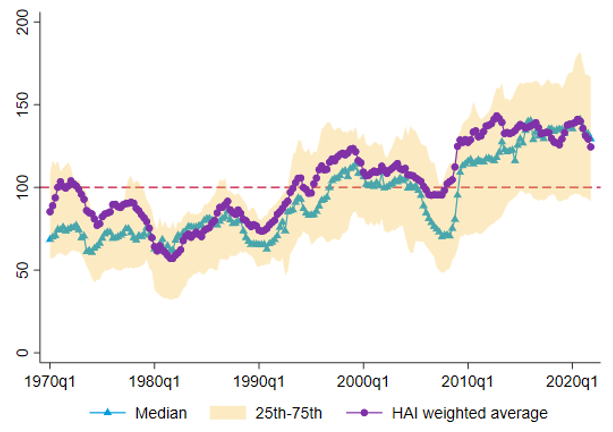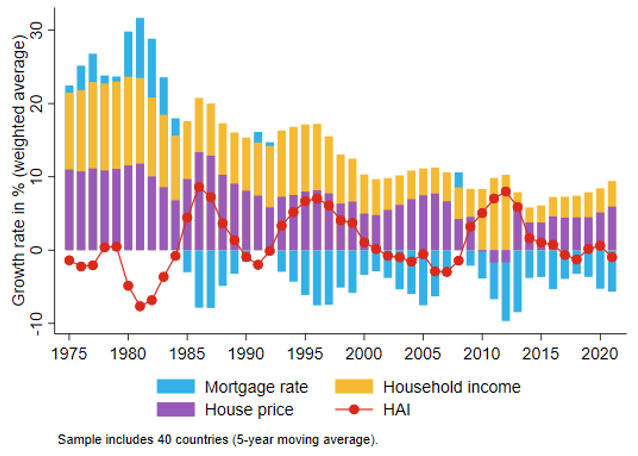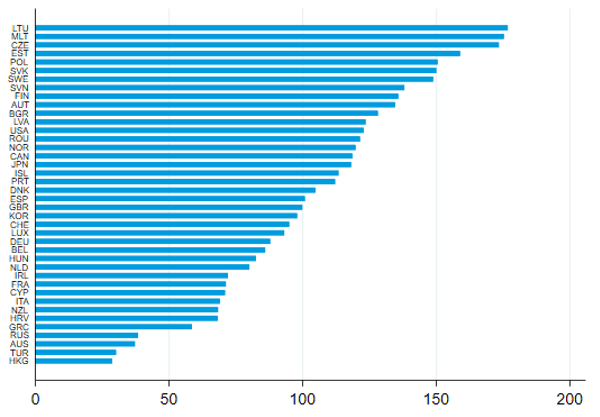References
Ahir, Hites and Prakash Loungani. 2019. IMF Assessments of Housing Markets Around the World. Background slides for the Annual Meeting of the International Housing Association, February.
Ahir, Hites, Nina Biljanovska, Chenxu Fu, Deniz Igan, and Prakash Loungani. 2022. Housing Prices Continue to Soar in Many Countries Around the World. IMF Blog Chart of the Week, October 18.
Beraldi, Francesco and Yunhui Zhao. 2023. The Pricing-Out Phenomenon in the U.S. Housing Market. IMF Working Paper No. 2023/01.
Biljanovska, Nina, Chenxu Fu, and Deniz Igan. 2023. Housing affordability: a new dataset. BIS Working Paper No. 1149.
Deb, Pragyan, Harald Finger, Kenichiro Kashiwase, Yosuke Kido, Siddharth Kothari, Evan Papageorgiou, Henry Hoyle, and Anne Oeking. 2022. Housing Market Stability and Affordability in Asia-Pacific. IMF Departmental Paper No. 2022/020.
Igan, Deniz, Emanuel Kohlscheen, and Phurichai Rungcharoenkitkul. 2022. Housing market risks in the wake of the pandemic. BIS Bulletin No. 50.








